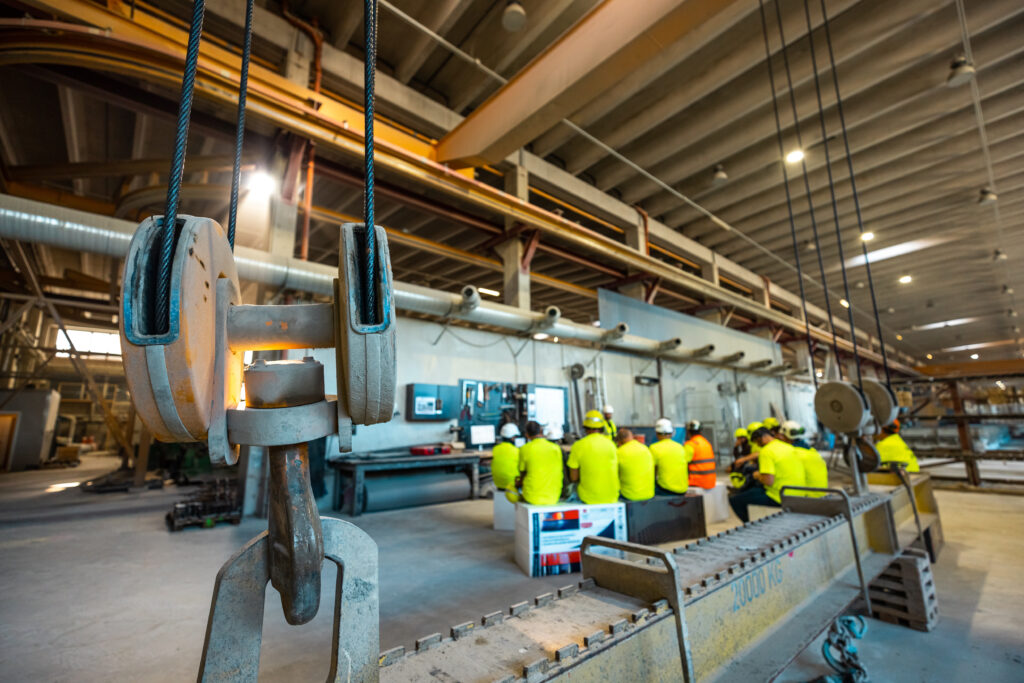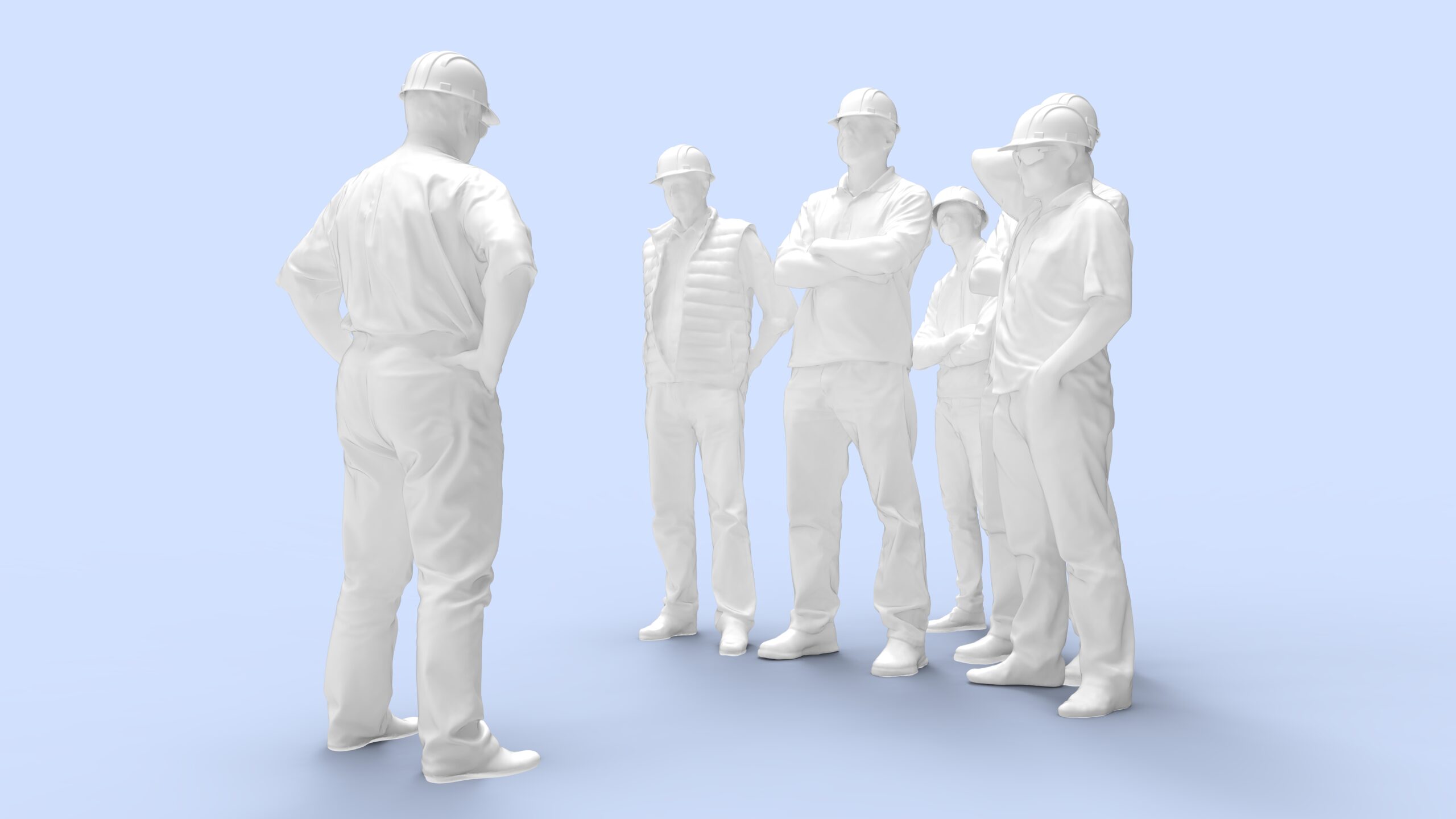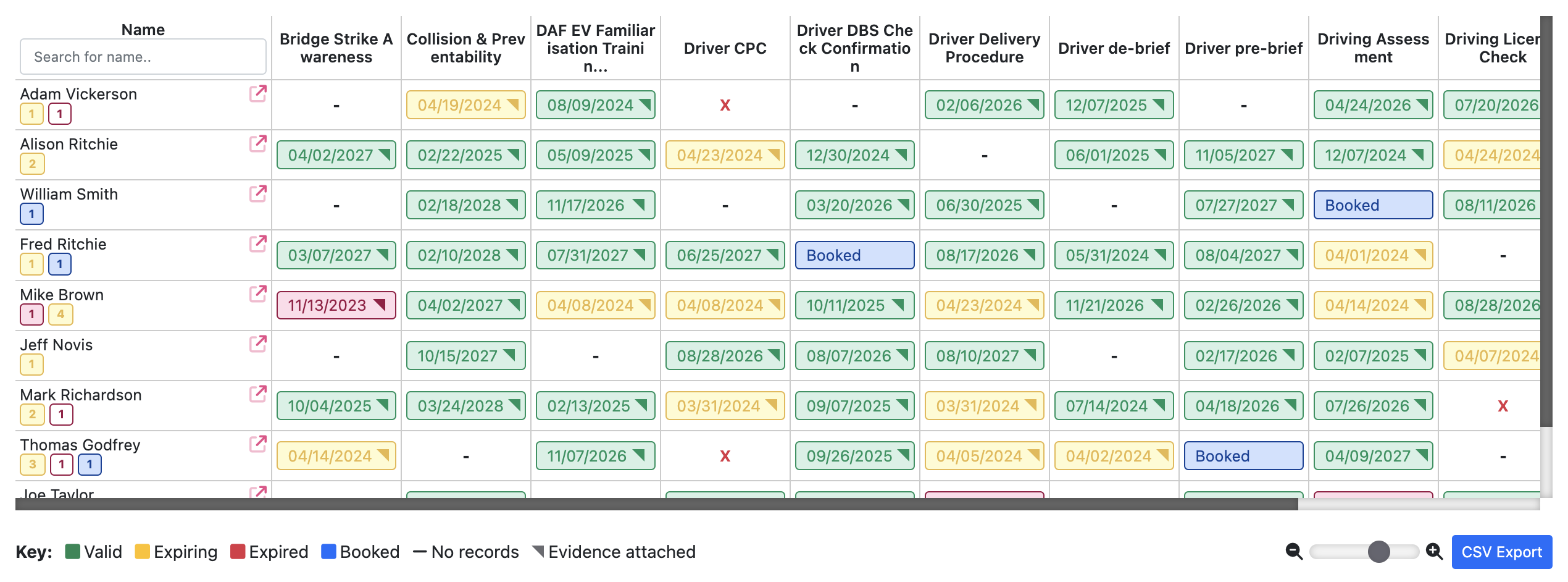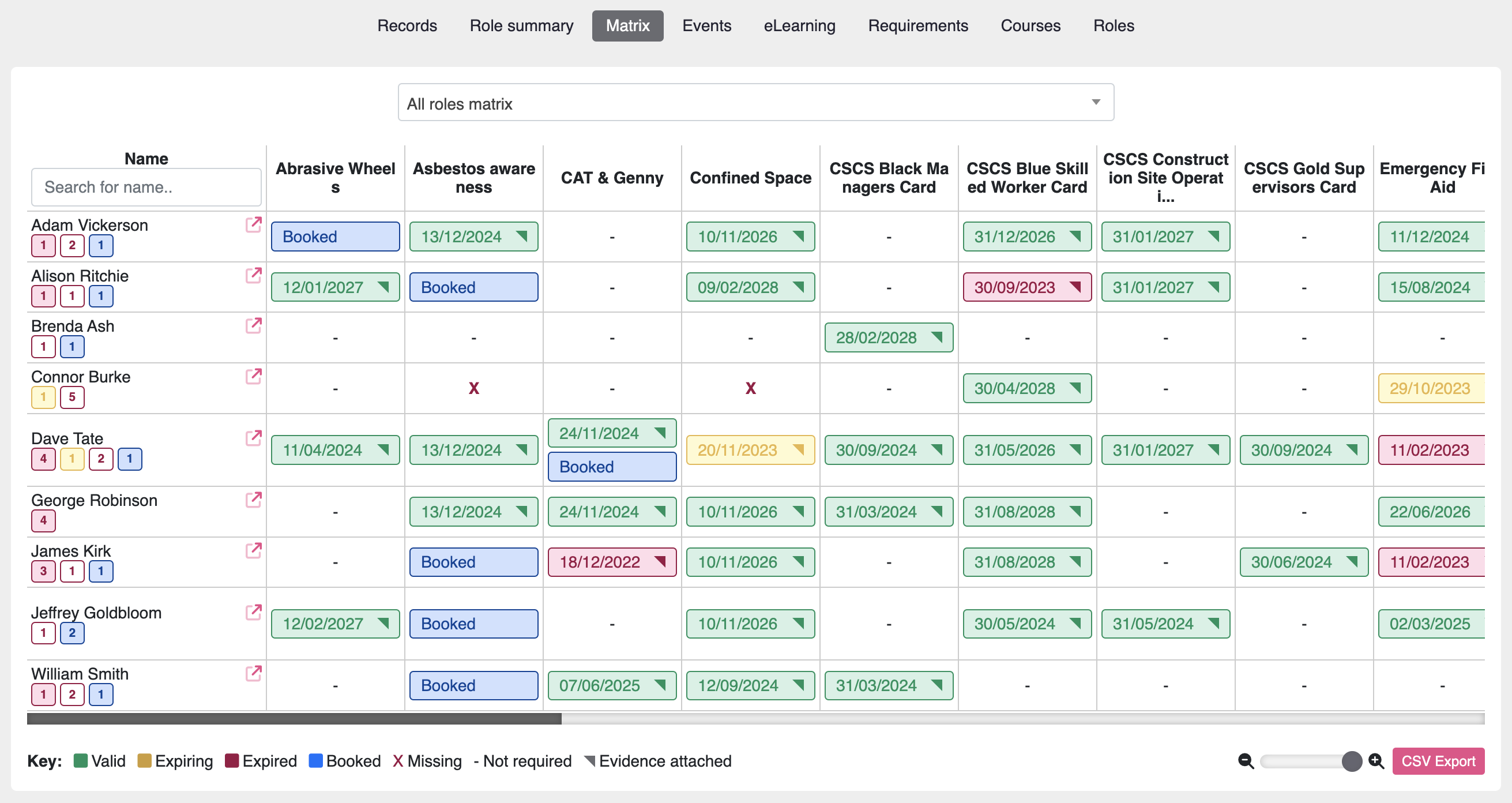As a former Health and Safety Consultant deeply involved in safety inspections across various sectors, I’ve recognized the indispensable role of safety briefings in fostering a culture of safety and vigilance. These brief yet impactful meetings are crucial in reminding workers of safety protocols and encouraging an open dialogue about potential hazards on site.
What is a Safety Briefing?
Safety briefings, similar to toolbox talks, are concise meetings focused on specific safety issues. Conducted at the start of a workday or before a particular task, these briefings aim to keep safety at the forefront of workers’ minds, ensuring that safety practices are not just understood but ingrained in the daily operations of industries like construction, manufacturing, and many others.
Industries That Benefit Most from Safety Briefings
- Construction: With its ever-present risks, the construction industry relies heavily on them. Topics often include fall prevention, correct use of PPE, and machinery operation, crucial for maintaining high safety standards on the ever-changing construction site landscape.
- Manufacturing: In factories where complex machinery and processes pose significant risks, safety briefings on topics like lockout/tagout procedures, machine guarding, and chemical safety are vital in preventing accidents and ensuring worker safety.
- Oil and Gas: The inherently hazardous nature of oil and gas operations makes them essential. They often cover handling flammable materials, emergency response, and working in confined spaces, addressing the unique risks of the industry.
- Utilities: Workers in this sector face dangers from high-voltage equipment, excavation work, and working at heights. Regular briefings help reinforce safe practices and ensure compliance with the latest safety standards.
Examples of Safety Briefings
- Construction: Emphasizing ladder safety, discussing the correct selection, inspection, and use to prevent falls.
- Manufacturing: Focusing on chemical safety, highlighting proper storage, use, and disposal methods to avoid accidents.
- Oil and Gas: Covering confined space entry protocols, stressing the importance of atmospheric testing and emergency preparedness.
- Utilities: Addressing electrical safety, underscoring the dangers of working near live electrical components to prevent electrocutions.

Streamlining Safety Briefings with Software
Moralbox transforms safety briefings by making them more accessible and manageable. With its digital platform, scheduling, tracking, and updating safety protocols become effortless, ensuring that teams stay informed and compliant with the latest safety standards. This tool simplifies the administrative load, allowing for a focus on what truly matters: maintaining a safe work environment.
Conclusion
My experience as a Health and Safety Consultant has shown me the undeniable value of safety briefings in reducing workplace accidents and fostering a proactive safety culture. Integrating engaging and relevant safety briefings into daily routines is not just a regulatory requirement; it’s a commitment to the well-being of every employee, ensuring that safety is always a top priority.
Using software can bring the following benefits:
- Efficiency: Software streamlines the briefing process, allowing for quick and consistent delivery to a large audience.
- Accessibility: Employees can access safety briefings remotely, ensuring that all team members, including remote workers, stay informed.
- Tracking and Compliance: Automated tracking and documentation ensure compliance with regulatory requirements. Ensure everyone has attended.
- Scalability: It can be scaled across different departments or locations, maintaining consistent safety standards.
- Analytics: Real-time analytics provide insights into engagement levels and areas needing improvement.
- Documentation: Automated documentation ensures accurate record-keeping for audits and reporting.
- Continuous Improvement: Insights from software analytics enable the continuous improvement of briefing content and delivery.
Further Reading
- NIOSH: https://www.cdc.gov/niosh/index.htm
- CPWR – The Center for Construction Research and Training: https://www.cpwr.com/
- HSE Case Studies: https://www.hse.gov.uk/pubns/casestudies.htm

Gordon is co-founder and CEO of Moralbox. He created the company vision and strategy. Gordon has over 10 years experience in occupational health and safety.


